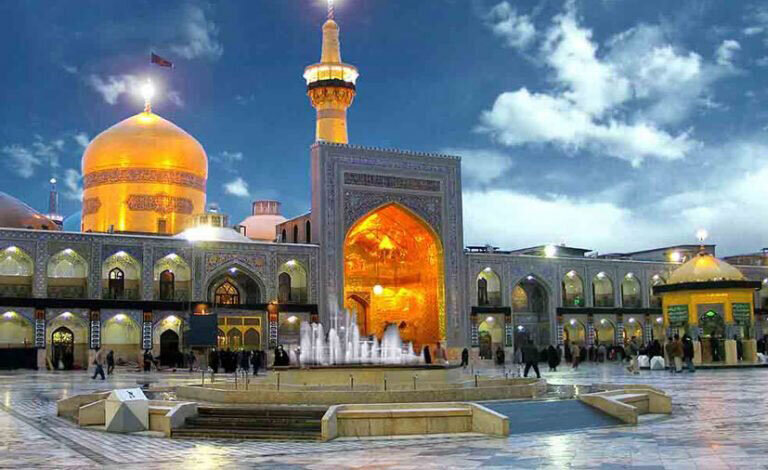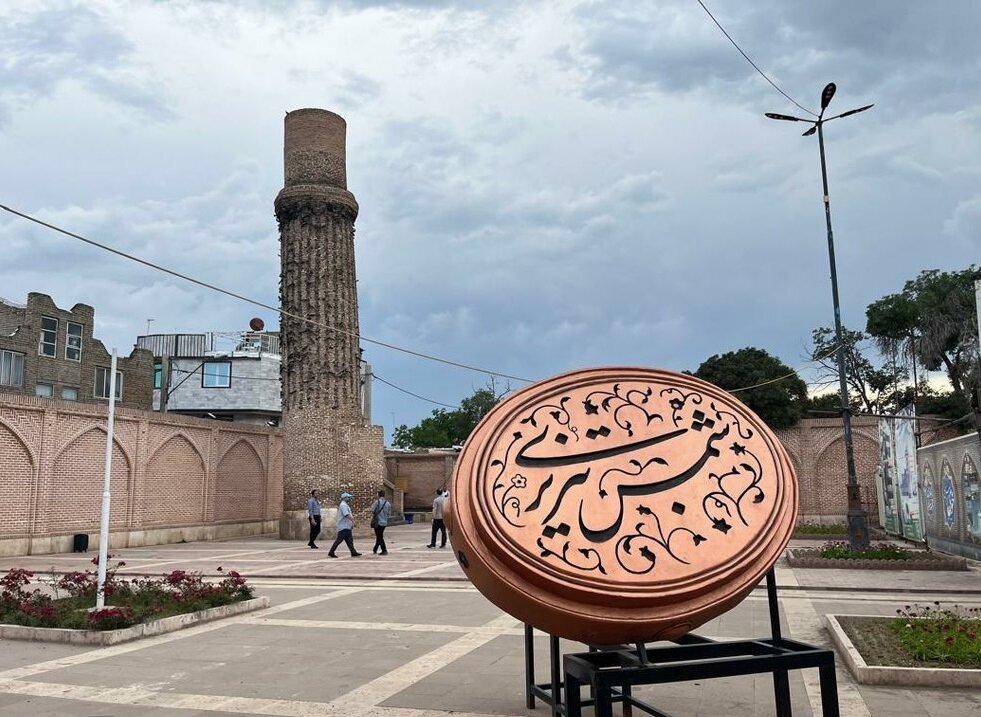
Similar Posts
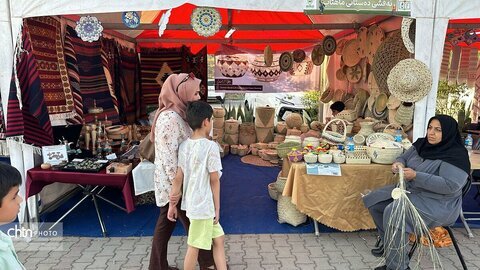
Sulaymaniyah Showcases Stunning Iranian Handicrafts in Vibrant New Exhibit
The recent handicrafts exhibition in Sulaymaniyah, Iraq, celebrated Iranian cultural heritage, featuring 130 artisans from 31 provinces. Organized with Iran’s Ministry of Cultural Heritage, the event ran from May 21 to 24 and included notable artisans like Maryam Takhtaeepour and Hadis Baqerianzadeh. Fars artisans showcased traditional crafts at six stalls, while Lorestan artisans displayed various artworks, including kilim weaving and turquoise carving. The exhibition provided networking opportunities and fostered cultural exchange, emphasizing the importance of traditional crafts. Overall, the event successfully promoted Iranian craftsmanship, highlighting its potential for growth and sustainability in a competitive market.
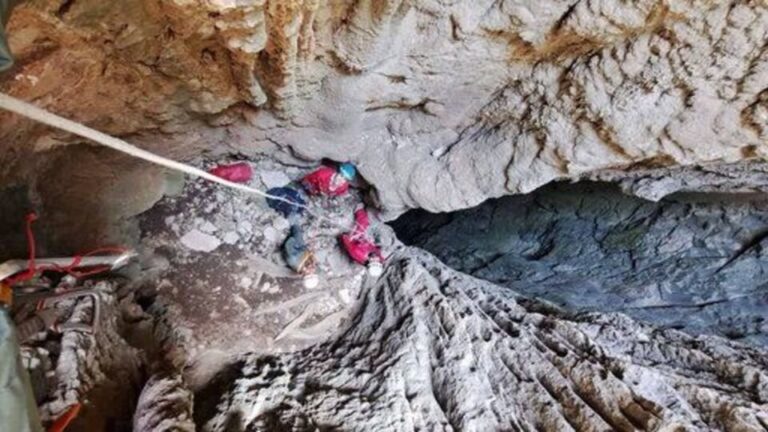
Groundbreaking Discovery: Ancient Cave of Natural Significance Unearthed in Southern Iran
A new cave has been discovered in Khabr National Park, Baft County, Kerman province, as part of a research initiative by Kerman’s Department of Environment. The cave, initially identified by environmentalists last year, was surveyed by a team including members from the Kerman Caving Association. They recorded a depth of 150 meters for a well inside the cave, highlighting its geological significance. Plans are underway to name the cave and establish a protection rating, focusing on its conservation and potential for tourism. Khabr National Park, a biodiversity hotspot, spans 12,000 hectares and has been a protected area since 1971.
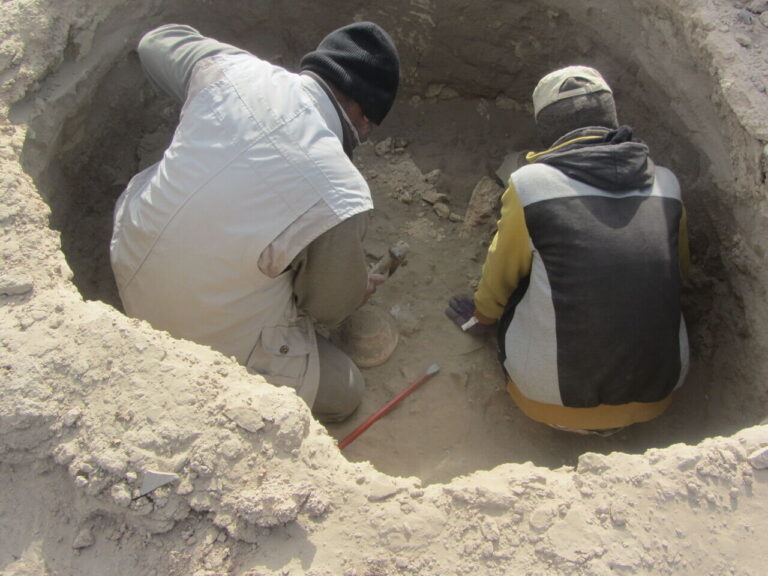
Ancient Treasures Unearthed: Remarkable Antiquities from 1st and 2nd Millennium BC Found in Western Iran
Ancient artifacts discovered in Kuhdasht, Lorestan province, have drawn significant interest from local authorities and history enthusiasts. Dating back to the first and second millennia BC and the Islamic period, these artifacts were found following a police tip-off about an individual allegedly storing them. A coordinated raid led to the recovery of three important historical items and the arrest of one suspect. Police Chief Colonel Ali Amani emphasized the cultural significance of these findings, highlighting ongoing efforts to combat illicit trade in antiquities and urging public vigilance in preserving Iran’s rich heritage.
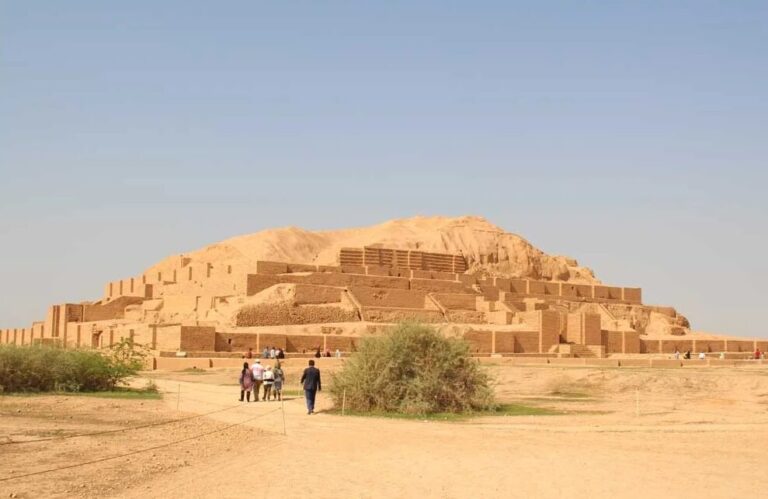
Iran: The World’s Oldest Nation with a Rich Legacy of Organized Governance
Iran has been recognized as the world’s oldest country by sovereignty, according to a recent ranking by the World Population Review, dating its organized governance back to 3200 BC. This acknowledgment highlights Iran’s historical significance, surpassing ancient civilizations like Egypt and Vietnam. The ranking is based on comprehensive historical analyses of state formation, emphasizing Iran’s enduring legacy as a cradle of civilization. Notable ancient civilizations in Iran include the Elamites, Jiroft, and empires like the Achaemenids and Sassanids. This recognition underscores Iran’s continuous national identity and its enduring cultural and political influence throughout history.

Fars Province Revives Ancient Heritage: Restoration of the Sole Parthian Stone Relief
The restoration of the only surviving Parthian-era stone relief in Fars province underscores the importance of cultural heritage preservation. Announced by provincial tourism chief Mohammad Sabet-Eqlidi, the completed restoration process addressed severe damage from environmental exposure and human interference. The relief, depicting a Parthian soldier, has been safeguarded to maintain its historical integrity. Measuring 1.20 by 2.40 meters, it was inscribed on Iran’s National Heritage List in 1975. This restoration not only protects a significant artifact but also highlights the rich legacy of the Parthian Empire, which thrived from 247 BC to 224 CE, serving as a vital trade hub along the Silk Road.
